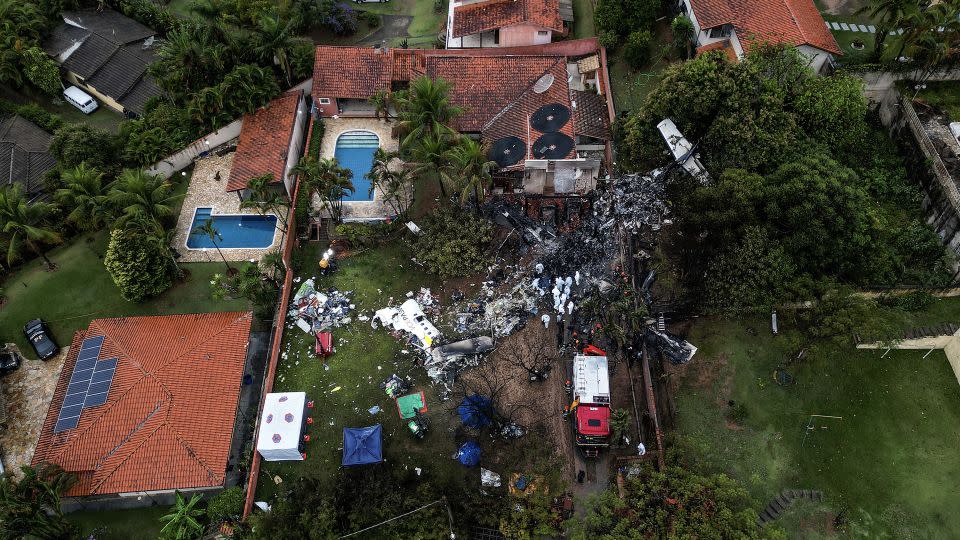Preliminary Report Suggests Icing Issues in Brazilian Plane Crash
3 min read

A preliminary investigation into the tragic August crash of a Brazilian airliner has revealed signs of significant ice buildup on the aircraft, although a definitive cause of the accident has yet to be determined, according to the Center for Research and Prevention of Aeronautical Accidents (Cenipa).
The report, released on Friday, highlighted that icing detectors on the Voepass ATR-72 aircraft were triggered during the flight. Cockpit recordings revealed that the copilot mentioned experiencing “a lot of icing,” suggesting potential issues with the plane’s de-icing system. However, Cenipa officials stressed that this information is still under review and has not been confirmed.
Experts have indicated that icing could have contributed to the crash, but they caution against jumping to conclusions given the preliminary nature of the report. Accidents often result from a combination of factors rather than a single cause. The ATR-72, operated by local carrier Voepass, lost control and crashed on August 9, resulting in the deaths of all 62 individuals aboard.
According to Cenipa, the investigation into the crash is expected to continue for more than a year. US aviation safety expert Anthony Brickhouse commented that the details from the report align with issues related to icing, but he emphasized that such incidents are rarely due to a single factor.
Aviation safety analyst David Soucie suggested that the crew might have activated the de-icing system prematurely. He explained that ice must accumulate on the plane’s wing edges to be effectively removed by the de-ice boots. If the system is activated too early, as appears to have happened in this case, the ice remains under the inflated boot, rendering it ineffective. This can result in progressively heavier ice buildup, exacerbating control issues.
The report also noted that speed loss alerts were activated during the flight, but the crew did not declare an emergency prior to the plane’s descent. Cenipa officials remain puzzled as to why an aircraft with all the required certifications and systems failed to maintain control. “We know that the airplane was operating in an area with severe icing conditions,” said Lieutenant Colonel Paulo Froes.
Voepass has issued a statement confirming that both the aircraft and its pilots were fully certified, and that all required systems were operational at the time of the incident. The airline has pledged to continue cooperating with the ongoing investigation.
The turboprop aircraft, which was en route to Sao Paulo’s international airport, had departed from Cascavel in Parana state. It crashed near Vinhedo, approximately 80 kilometers (50 miles) northwest of Sao Paulo.
Previous reports and social media videos have depicted the ATR-72 spiraling uncontrollably towards the ground, highlighting the severity of the situation. The crash has been noted as the deadliest commercial airliner accident of 2024.
In-flight icing is known to affect an aircraft’s handling capabilities by distorting airflow over the wings, potentially causing uncontrollable rolling or pitching. The Federal Aviation Administration has documented that such conditions can make recovery from loss of control nearly impossible.
The full investigation will aim to determine the precise factors contributing to the crash, but the preliminary findings underscore the need for further analysis to understand the role of icing and other potential issues.